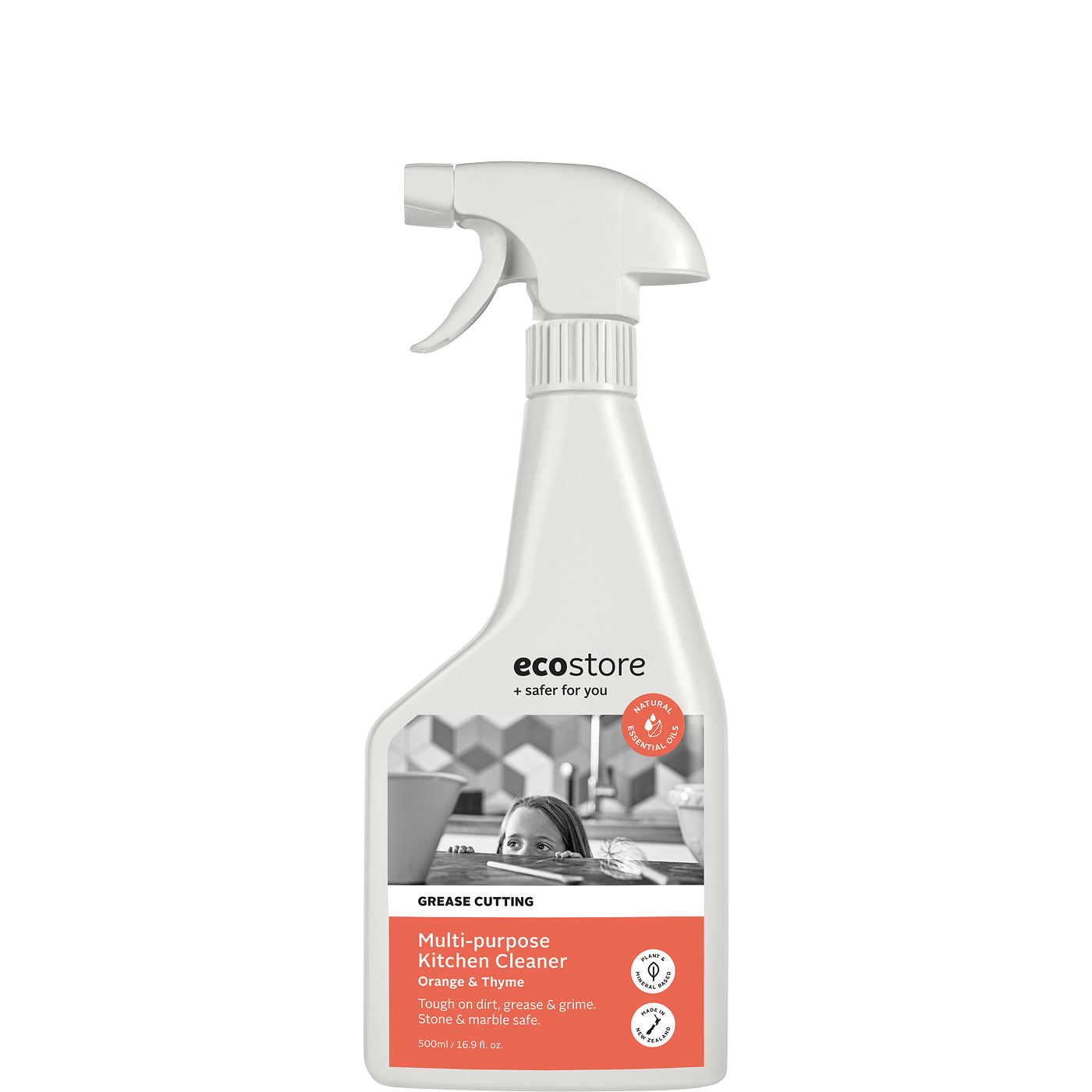Ingredient - Ziziphus Joazeiro Bark Extract
Ziziphus joazeiro bark extract is a botanical extract derived from the bark of the Juazeiro tree (Ziziphus joazeiro), and can be used in hair care to help control dandruff.
Ziziphus joazeiro is a shrubby tree in the buckthorn (Rhamnaceae) family, native to Brazil and other parts of South America. Trees grow up to 15 meters tall, with waxy leaves, yellow flowers and small round edible fruit. The inner bark of the tree is naturally rich in saponins (plant compounds which produce foam), and has a history of use in infusions such as shampoos, tonics and traditional medicines.
Ziziphus Joazeiro bark extract contains the antibacterial compounds betulinic, ursolic and alphitolic acids; and has been shown to have mild antibacterial and antifungal properties. It can be used in hair care to help control dandruff and soothe the scalp.
Botanical name: Ziziphus joazeiro
Other names: Zizyphus Joazeiro Bark Extract, Ziziphus Cotinifolia Bark Extract, Ziziphus Gardneri Bark Extract, Ziziphus Guaranitica Bark Extract
Notable compounds: Betulinic Acid, Ursolic Acid, Alphitolic Acid
REFERENCES
Schühly W, Heilmann J, Calis I, Sticher O. New triterpenoids with antibacterial activity from Zizyphus joazeiro. Planta Med. 1999 Dec;65(8):740-3. doi: 10.1055/s-1999-14054. PMID: 10630117.
Cruz MC, Santos PO, Barbosa AM Jr, de Mélo DL, Alviano CS, Antoniolli AR, Alviano DS, Trindade RC. Antifungal activity of Brazilian medicinal plants involved in popular treatment of mycoses. J Ethnopharmacol. 2007 May 4;111(2):409-12. doi: 10.1016/j.jep.2006.12.005. Epub 2006 Dec 12. PMID: 17234376.
Delivery New Zealand Wide
Love me or your money back guarantee
Ingredient - Ziziphus Joazeiro Bark Extract






